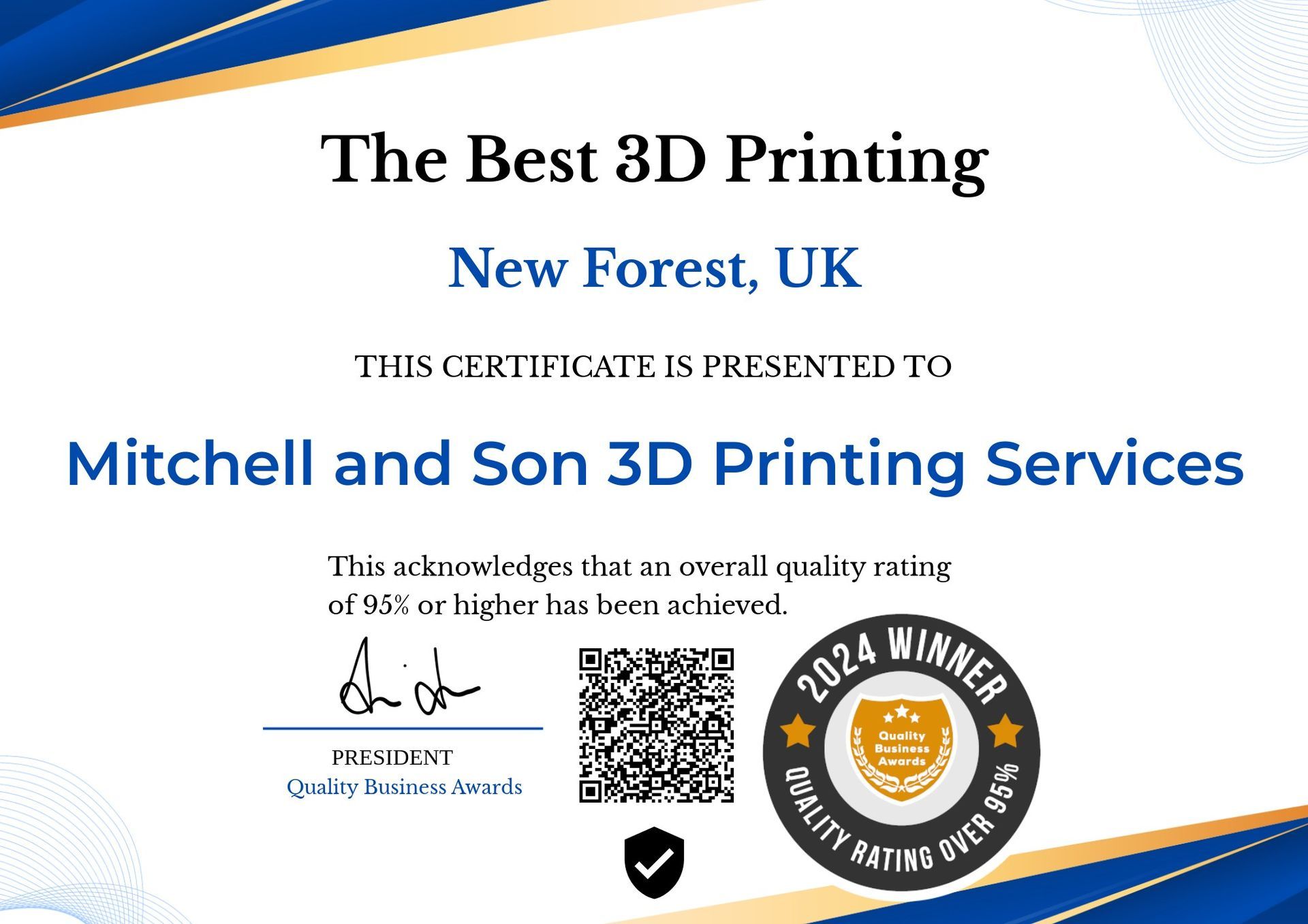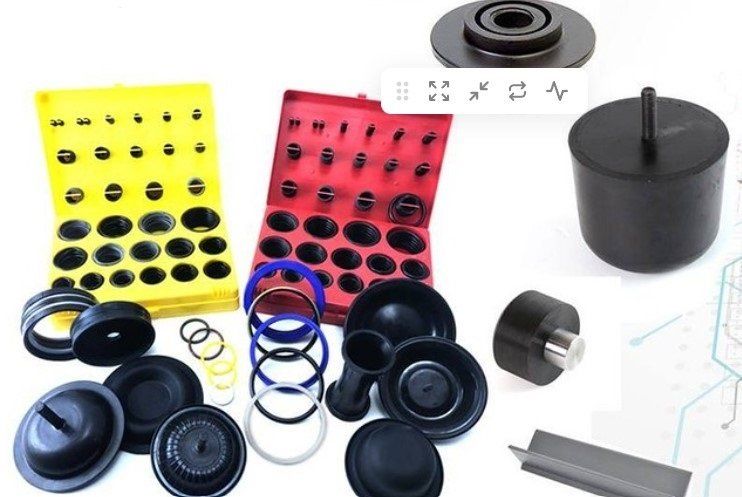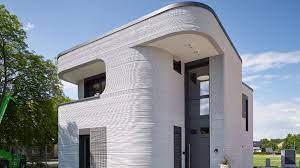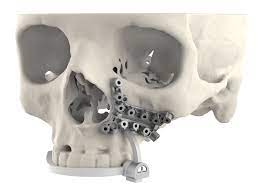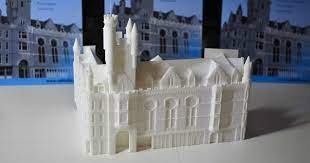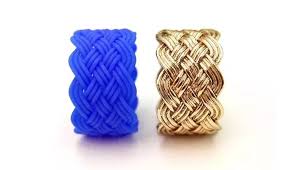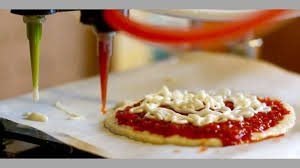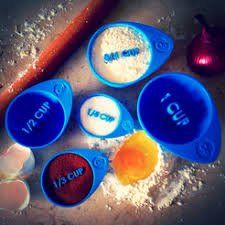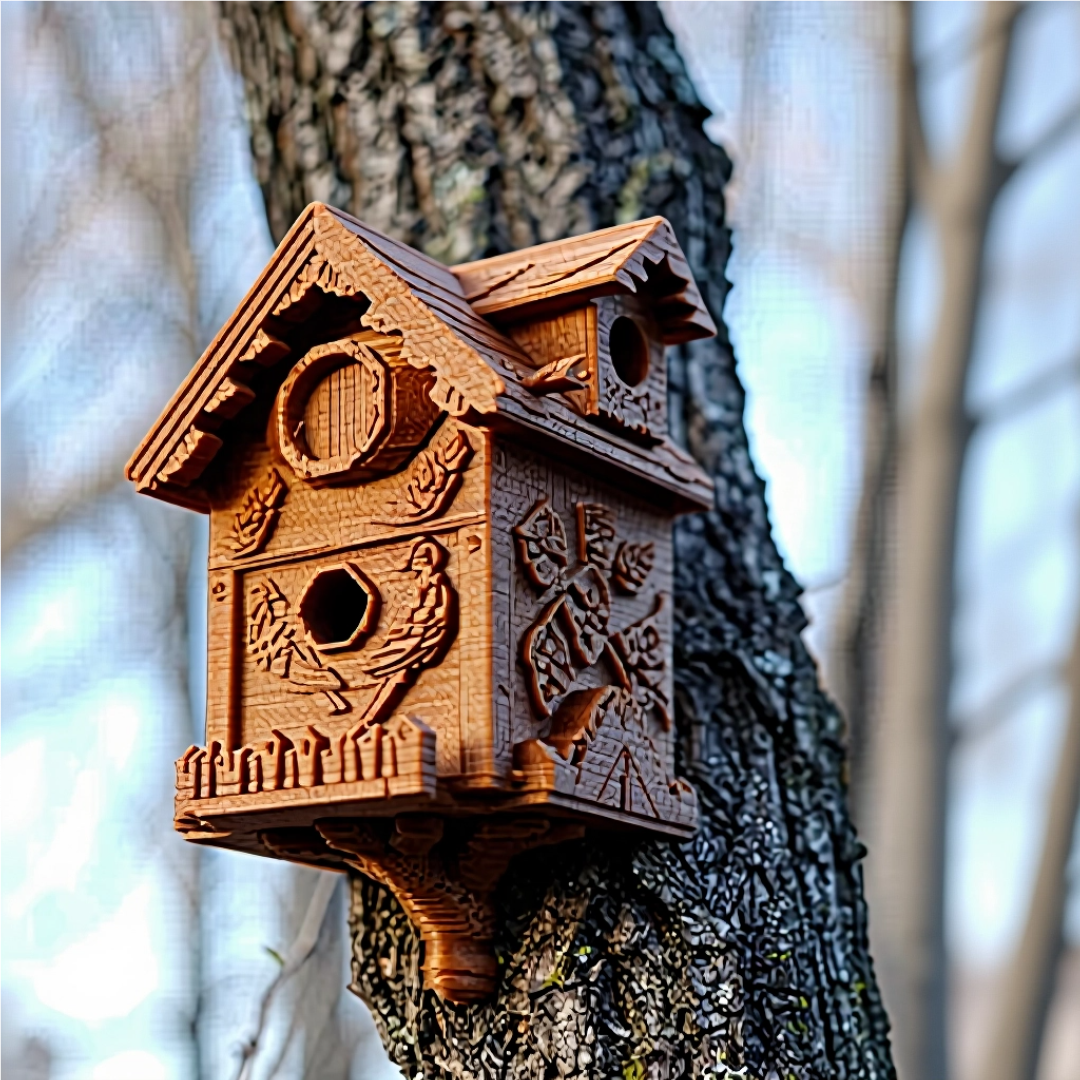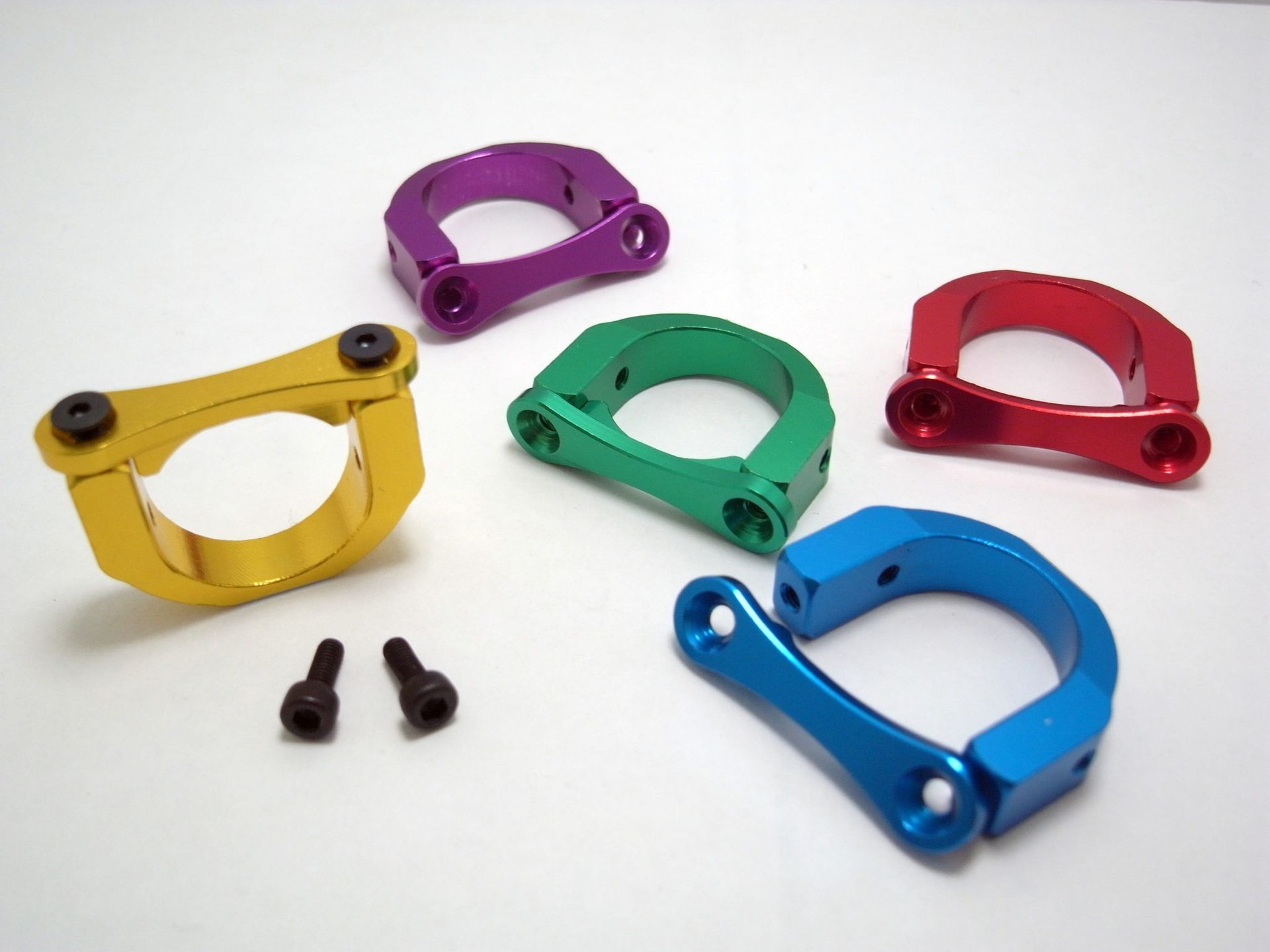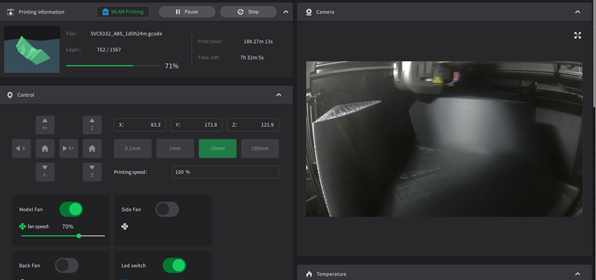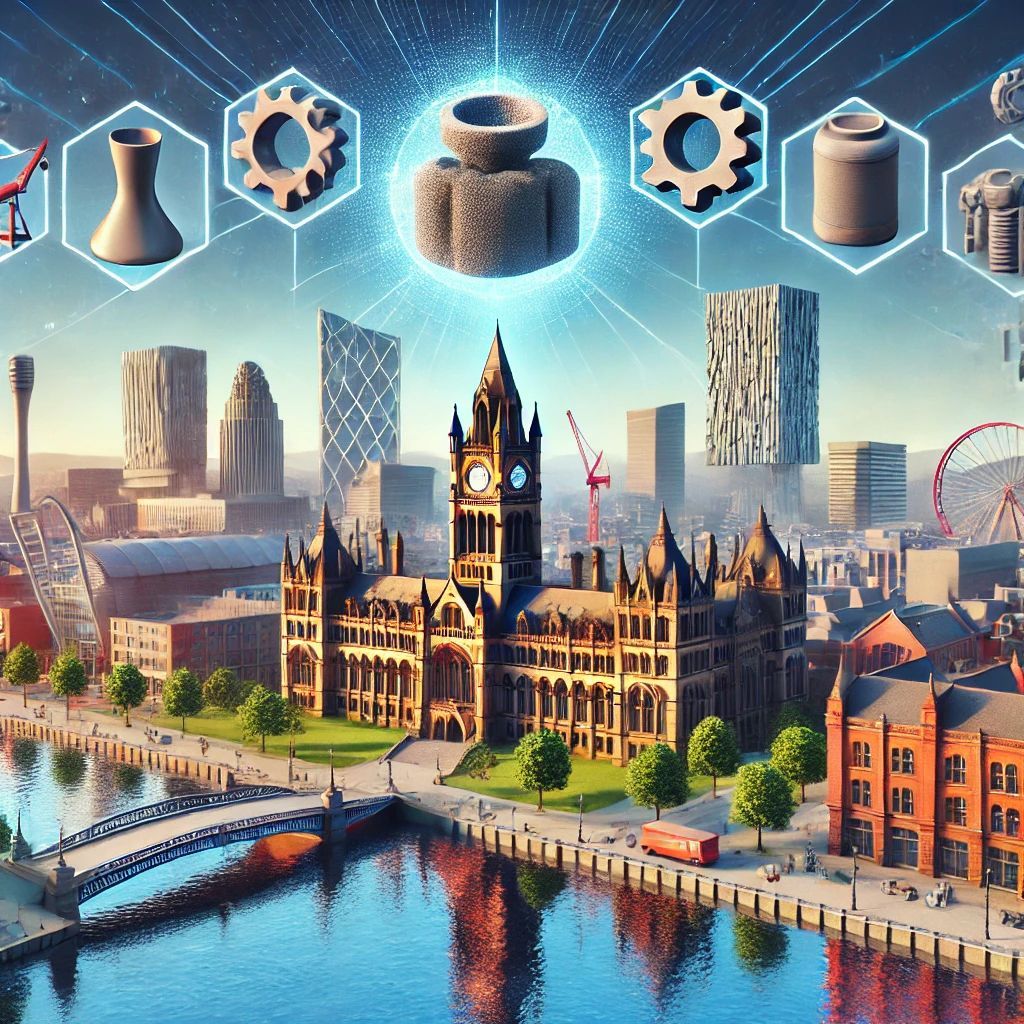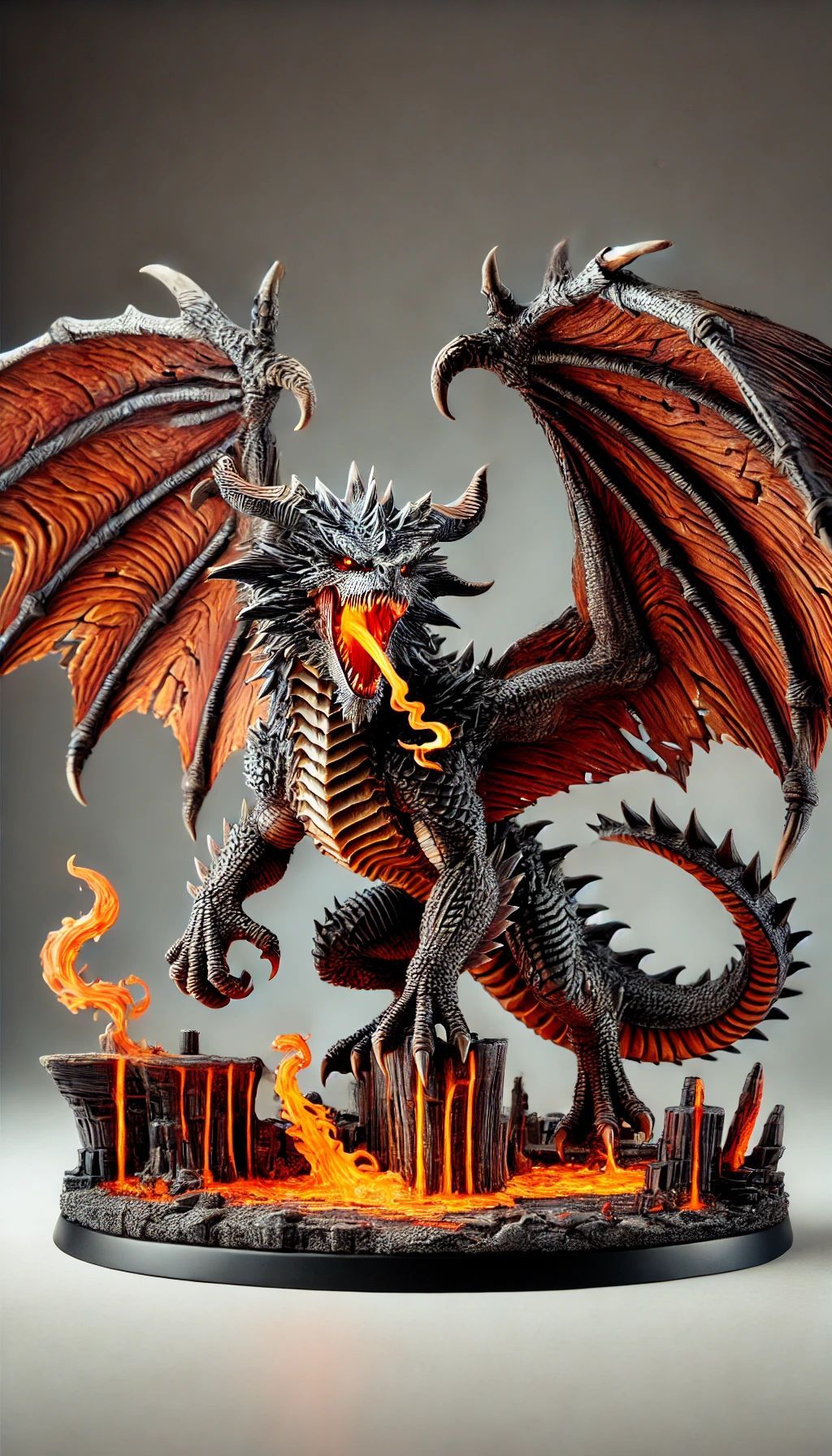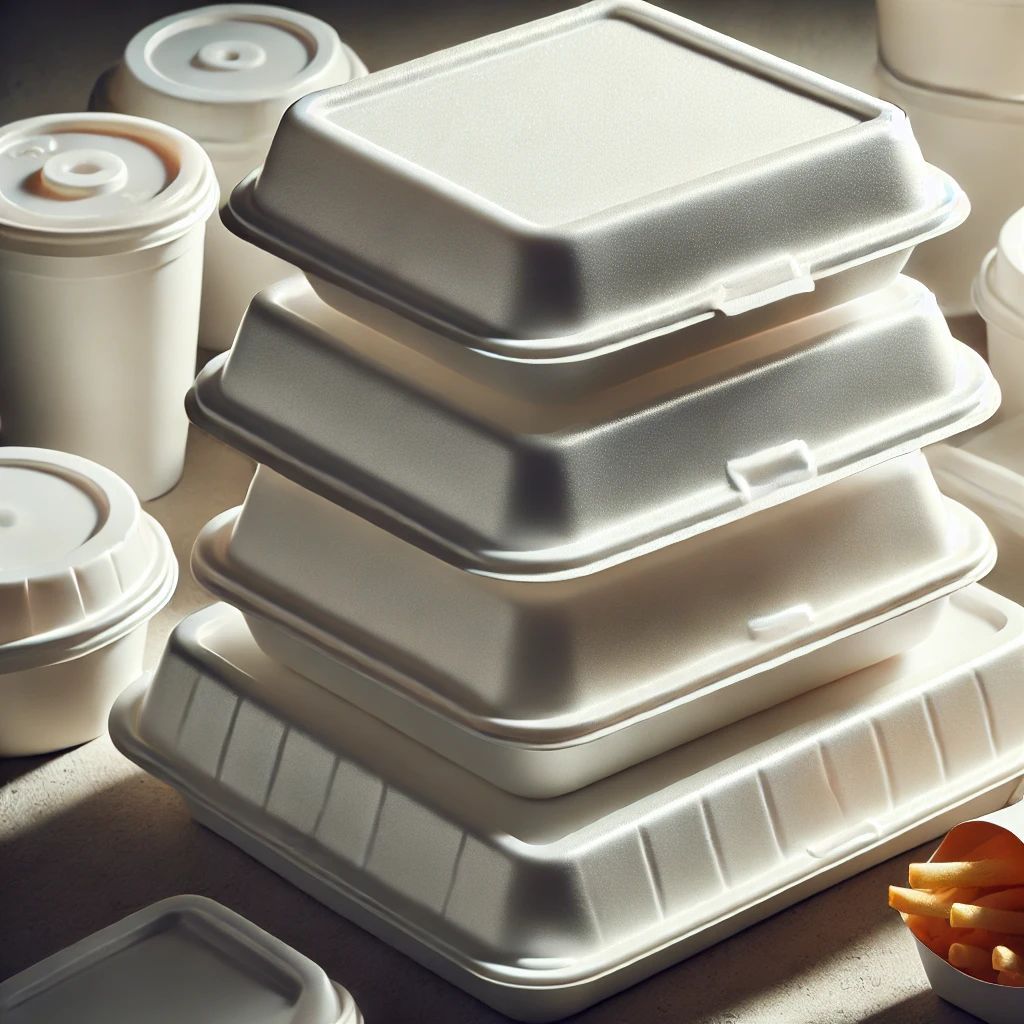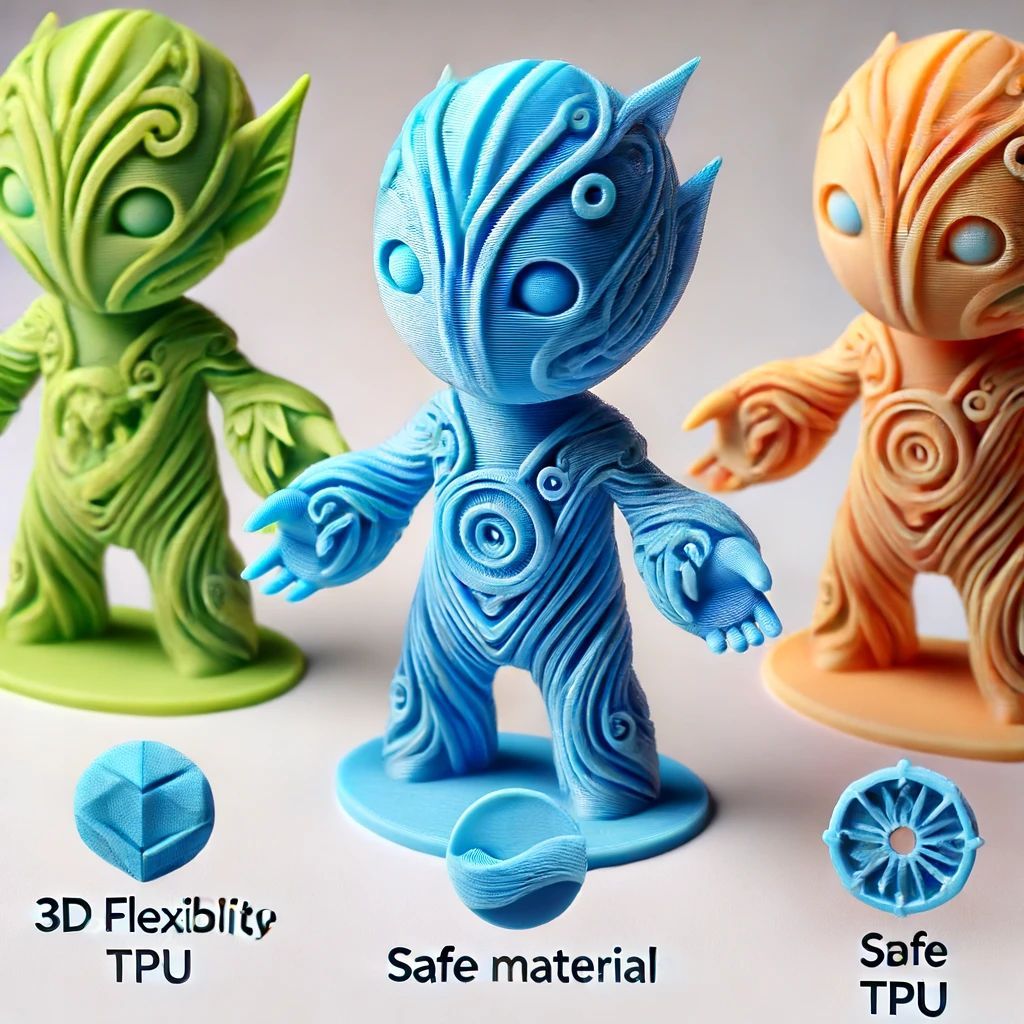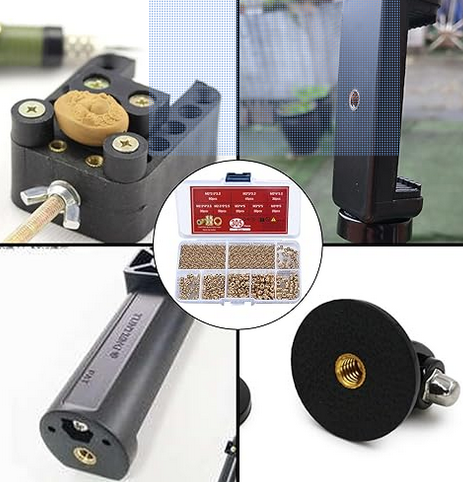3D Printing Services: The Future of Retail
3D Scanning and On Demand 3D Printing Services: The Future of Retail

The retail sector is one of the largest and most fragmented industries in the world, with an abundance of different market vendors. In recent years, e-commerce has become increasingly popular among consumers, and as a result, there has been an increase in online-only retailers. Although this shift to online purchases has given customers more convenience and accessibility to products, it has also forced traditional brick-and-mortar stores to look for new ways to remain relevant. In response to the shifting retail landscape and recent technological advancements, many retailers have begun adopting 3D scanning services and on demand 3D printing services as a means of meeting customers’ needs in new and innovative ways.
Benefits of 3D Scanning and On Demand Manufacturing
If you’re wondering when, where, and how 3D scanning will impact your business, here are some of the most significant advantages of this technology that retailers and manufacturers will soon want to take advantage of. - Provide a Unique Shopping Experience - One of the most important advantages of 3D scanning is the unique shopping experience it provides customers. 3D scanning allows retailers to digitize their products so that customers can view, modify, and customize them online before they are manufactured. This feature allows customers to create products that are tailored to their specific needs. - Remove Barriers to Purchase - 3D scanning has transformed the online shopping experience by allowing customers to try on products and purchase them without ever having to leave their homes. Customers can now upload their own images and use augmented reality apps to virtually try on clothes or try out a new hairstyle before they make a purchase. - Centralize Manufacturing - Another advantage of 3D scanning is its ability to centralize production and manufacturing. 3D scanning allows retailers to bring on demand manufacturing processes to their own facilities. This means that retailers can manufacture products in real time, and in some cases, even modify designs on the fly if necessary. - Improve Efficiency - Last but not least, 3D scanning enables retailers to boost their overall efficiency and productivity. Because 3D scanning allows retailers to manufacture products in-house, they don’t have to outsource their production to third-party vendors. This enables retailers to save money and boost their profitability as a result.
Limitations of 3D Scanning and On Demand Manufacturing
Although 3D scanning and on demand manufacturing are major game changers for the retail industry, manufacturers and retailers must also be aware of the limitations of this technology. - Lack of Control Over Quality - One of the biggest limitations of 3D scanning is that it is difficult to control quality. Because retailers are using on demand manufacturing processes, they have no control over the factory workers. As a result, retailers must be extra vigilant when monitoring the quality of their products. - Lack of Convenience and Customer Service - Another limitation of 3D scanning is that it can be inconvenient for customers who want a personalized product. Because retailers are manufacturing products after they are ordered, customers must first submit their measurements or customize their product online before they receive their item. This may require a bit of patience since some customers may want to try on the product several times before they are satisfied. - Lack of High-Quality 3D Models - One of the biggest limitations of 3D scanning is that it is difficult to create a high-quality 3D model. It is often challenging for designers and manufacturers to create a detailed, high-quality model using a handheld scanner. In some cases, retailers may have to invest in more sophisticated 3D scanning equipment to create high-quality 3D models. - Lack of Sufficient 3D Data - One of the biggest limitations of 3D scanning is that it is difficult to create a sufficient amount of data for a 3D model. To create a high-quality 3D model, retailers must first scan an entire product. This can be time-consuming and may produce a relatively low-quality 3D model.

On Demand Manufacturing and 3D Printing
On demand manufacturing enables retailers to manufacture products in real time. This means that retailers can create products, such as clothing, toys, or furniture, after they receive an order, and then ship the product directly to the customer’s home. On demand manufacturing is similar to 3D printing, but it relies on the utilization of materials such as plastics or fabrics, while 3D printing uses advanced technology to create objects using a wide variety of materials, such as metals, plastics, minerals, or ceramics. Just as 3D scanning allows retailers and manufacturers to create a digital model of a product, one can also use 3D scanning to create a digital model of a person. Using 3D scanning, manufacturers can create a 3D model of a person’s body, and from there, they can design a pair of custom-made shoes or a new pair of jeans that fits the customer’s body perfectly.
3D Scanning and Printing Services
There are many 3D scanning and printing services that can help manufacturers and retailers take advantage of on demand manufacturing. - Occipital - This company offers a wide variety of 3D scanning and printing services for businesses. With Occipital, retailers can create a digital model of a person’s body, design the perfect pair of jeans, and then create a 3D model of the jeans. - Eigen Labs - Eigen Labs is another company that offers 3D scanning and printing services. This company allows retailers to create a digital model of a person’s body and then design the perfect pair of garments or shoes. - Air Scanner - Air Scanner is a handheld device that can create high-quality 3D models of products and people. Air Scanner is a great solution for retailers who need to create a large number of 3D models. - V-Noid - V-Noid is a handheld device that can create high-quality 3D models. V-Noid can create a digital model of a person’s body, the inside of a garment, or interior design, such as furniture.

3D-Printed Fashion and Accessories
One of the most popular industries that have adopted 3D scanning and on demand manufacturing is the fashion and accessories sector. Fashion companies have been experimenting with 3D printing and scanning technology to create customized garments and accessories. Traditionally, creating customized garments has been a long and tedious process. Designers must create a sample garment, make a few changes, create another sample garment, make a few more changes, and so on, until they are satisfied with the final product. Traditionally, it has taken about 12 weeks for designers to get their garments manufactured, and in some cases, even longer. With 3D scanning and on demand manufacturing, it is possible for designers to create a digital model of a garment, make any necessary changes, and then have the garment manufactured and shipped the same day.
3D-Printed Home Decor and Furniture
Another popular industry that has adopted 3D scanning and on demand manufacturing is the home décor and furniture sector. Home décor companies have traditionally relied on manufacturing companies to create customized furniture pieces. With 3D scanning, home décor companies can create a digital model of a furniture piece and then manufacture it in real time. Additionally, some home décor companies are experimenting with 3D printing to create customized furniture pieces. Home décor companies can use 3D scanning to create a digital model of a customer’s home and then design a furniture piece that fits perfectly in the customer’s home.
3D-printed Toys and Games
The toy and games sector is another industry that has adopted 3D scanning and on demand manufacturing to create custom-made toys and games. For example, board game companies can use 3D scanning to create a digital model of an existing game, modify the game if necessary, and then manufacture a new game using 3D printing technology. With 3D scanning, board game companies can create a digital model of an existing game, and then make any necessary changes to design a new, more engaging game. Some board game companies are even using 3D printing to create custom-made pieces for games.
3D Printed Products for Retail
Retail companies are using 3D scanning and 3D printing to create personalized products for retail customers. For example, shoe companies can use 3D scanning to create a digital model of a customer’s feet, and then manufacture custom-made shoes for the customer. Additionally, some retail clothing companies are using 3D-printed mannequins to display their clothing collection. Retail companies can use 3D scanning and on demand manufacturing to manufacture customized products for their customers in real time.
3D Printed Products for Education
The education sector is also adopting 3D printing technology in the classroom to create customized products. For example, schools can use 3D scanning and on demand manufacturing technology to create custom-made textbooks with digital models of students’ hands or heads on the cover. This allows students to personalize their textbooks by “wrapping” themselves around the book’s cover. Additionally, some schools are using 3D printing technology in classrooms where students design toys or game pieces that they then print out on demand from a nearby lab or classroom printer. This allows students to actually design and make something that they interact with rather than just learn about in theory from a textbook or teacher.
3D Printed Products for Health Care
3D printing has been used to manufacture products for the health care industry. For example, a 3D printed splint for a child’s broken arm was used instead of the traditional method of plaster cast.
3D Printed Products for Automotive
The automotive industry is using 3D printing technology in a variety of ways. For example, BMW uses 3D printing technology to manufacture prototypes of car parts, reducing the time and cost involved in manufacturing new car models. Another example is using 3D printed models of vehicle designs to test how the parts will fit together before manufacturing the final product.
3D Printed Products for Architecture and Construction Industry
Architects and construction companies are using 3D printed models to create customized buildings or homes that are designed specifically for their customers’ needs and preferences. For example, a home builder can use 3D scanning technology to take measurements at an existing home or building and then use those measurements to design a new custom-made structure that fits perfectly on the original lot or building site. Alternatively, architects can create digital models of their buildings or homes before they are actually built so that clients can “walk through” their designs before construction begins. This allows clients to see exactly what their building will look like before it is actually constructed in order to make any changes if needed. Additionally, architects can scan existing buildings or homes and then digitally recreate them with minor changes such as different color schemes or additional rooms added on using computer-


